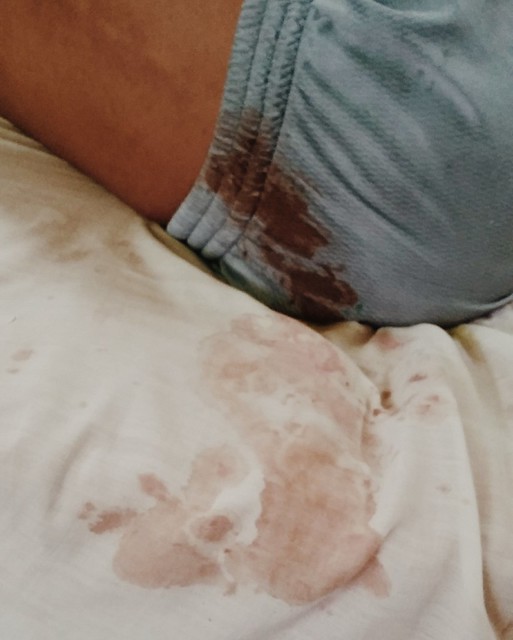Asking the right questions
IN THE DRUDGERY of an internist’s daily life, there are moments of surprises that come along the way. This happened to me two days ago. I checked on a fifty-something patient, someone my service and I were managing as a case of upper gastrointestinal bleeding secondary to a probable GI malignancy. I had told him during our first encounter that he should observe the color of his stool. It was to be his “assignment.” I wanted him to pay close attention as to whether it looks like asphalt or dinuguan—local descriptors of melena that I have found useful in my practice. Dark, tarry stools are a useful sign of acute or active bleeding anywhere in the GI tract.
“Dark brown po,” he said.
I asked him to sit on the bed so I could hear his breath sounds better. I saw on his bed sheet what looked like dried blood, and for a moment I felt my heart leap.

I imagined calling the GI fellow for a stat referral, finding vials of omeprazole IV inside the lockers of my colleagues (my supply had been exhausted in the last few months), and pleading my friends from the Blood Bank to give me more blood for transfusion. Unfazed, I continued on with my physical exam, without looking—I hope—with a sliver of panic. But his blood pressure, heart and respiratory rates were within normal. He didn't look as pale as he had been when I saw him at the clinic. I probed further. If there’s one thing internists are good at—and, paradoxically, sometimes not good enough at—it is in asking questions.
“Maraming dugo ba ang naidumi mo?” I asked.
“Ah,” his wife pointed out, “hindi po dugo ‘yan. Chocolate lang. Naupuan niya at natunaw.”
Relieved, I moved on to the next bed. I may have craved for a piece of chocolate at the time.
“Dark brown po,” he said.
I asked him to sit on the bed so I could hear his breath sounds better. I saw on his bed sheet what looked like dried blood, and for a moment I felt my heart leap.

I imagined calling the GI fellow for a stat referral, finding vials of omeprazole IV inside the lockers of my colleagues (my supply had been exhausted in the last few months), and pleading my friends from the Blood Bank to give me more blood for transfusion. Unfazed, I continued on with my physical exam, without looking—I hope—with a sliver of panic. But his blood pressure, heart and respiratory rates were within normal. He didn't look as pale as he had been when I saw him at the clinic. I probed further. If there’s one thing internists are good at—and, paradoxically, sometimes not good enough at—it is in asking questions.
“Maraming dugo ba ang naidumi mo?” I asked.
“Ah,” his wife pointed out, “hindi po dugo ‘yan. Chocolate lang. Naupuan niya at natunaw.”
Relieved, I moved on to the next bed. I may have craved for a piece of chocolate at the time.

1 Comments:
Ahahahaha nagpanic dim ako dun ahh
Post a Comment
<< Home